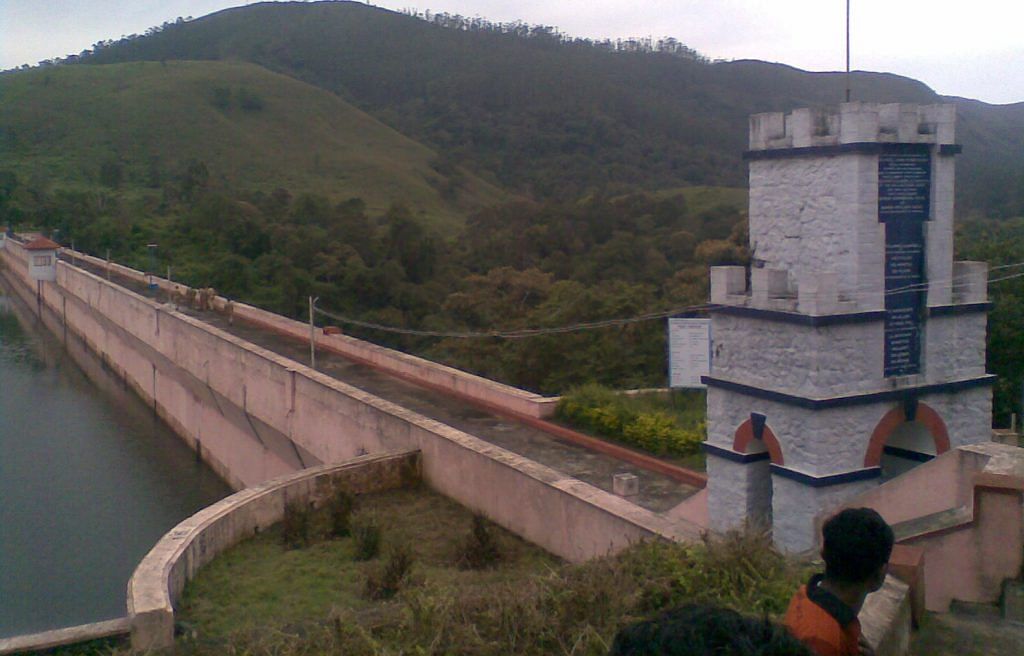Last week, Kerala argued that the more than 100-year-old dam might collapse if excess water is not reduced, Tamil Nadu said it’s safe for now.
New Delhi: The disputed Mullaperiyar Dam on the Periyar river in Idukki district is once again in the news, this time because of the calamitous floods in Kerala.
The structure has been a constant source of tension between Kerala and Tamil Nadu since the 1960s. Last week, the Tamil Nadu government had rejected Kerala’s request to reduce water level in the dam from 142 ft to 139 ft. It also lodged its “dissent” to an advisory issued by a Supreme Court-nominated expert committee for reduction in water level.
Also read: Understanding the 42-year-old Idukki dam which is now saving Kerala
Kerala argued that a 142 ft water level in this more than a century-old dam presents a significant risk. It said the structure may collapse under extra water pressure and create a severe flood situation in Kerala. Tamil Nadu, however, refuted this claim saying it’s safe enough for higher water levels.
History of the dam
Work on the dam began in 1887 and it was opened on 1895. As per an agreement signed in October 1886 between the Maharaja of Travancore and then Madras Presidency, 8,000 acres of land were given on lease to the latter for constructing the dam. The lease was for a period of 999 years and had a provision for renewal for another 999 years.
The idea behind the dam was to divert part of the Periyar river, which caused floods in Kerala, to the drought-prone Vaigai river basin in Tamil Nadu. The project was undertaken under the supervision of Scottish Major John Pennycuick.
After Independence, the successor states of Kerala and Madras continued with the arrangement. In 1959, the Madras state started power generation using the dam water. The 1886 agreement was amended in 1970 and the hydroelectric project was retrospectively recognised with effect from 1954.
Source of conflict
In the 1960s, questions started arising over the safety of the dam. After a joint inspection by both states, the water level limit was reduced from 155 ft to 152 ft. After another inspection undertaken by engineers from both states and the Central Water Commission, the reservoir level was reduced to 136 ft as a short-term emergency measure. However, even after Tamil Nadu had taken considerable measures to augment the safety of the dam, Kerala did not allow the level to be raised from 136 ft. Finally, in a verdict delivered on 27 February 2006, the Supreme Court allowed the water level to be raised to 142 ft.
The Kerala government responded by passing the Kerala Irrigation and Water Conservation (Amendment) Act 2006, which prohibited any increase in water level beyond 136 ft. Tamil Nadu filed a suit in Supreme Court, asking the Act to be declared unconstitutional.
In 2010, the Supreme Court ordered the creation of an empowered committee under former CJI A.S. Anand. The committee suggested that either a new dam be created (a suggestion favoured by Kerala) or the existing one be repaired and strengthened, as suggested by Tamil Nadu.
In May 2014, a five-member bench of the Supreme Court declared the legislation passed by Kerala unconstitutional. It also dismissed the review petition filed by the Kerala government.
Also read: Kerala floods: The science behind what went wrong, and what we have to learn
Present issue
Russel Joy, a resident of Idukki district, recently filed a petition in Supreme Court about the danger posed by high water levels in the dam. The court has asked both state governments to coordinate with the National Crisis Management Committee for reducing the water level to 139 ft to ensure that people don’t live in fear.
